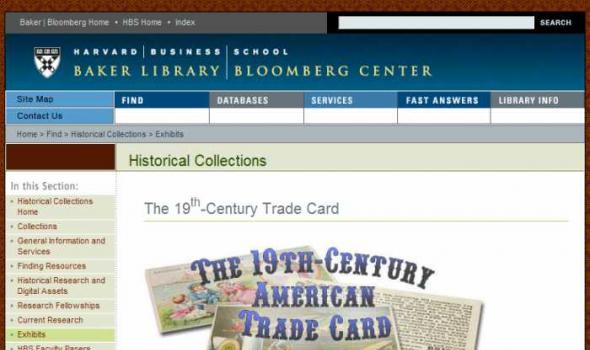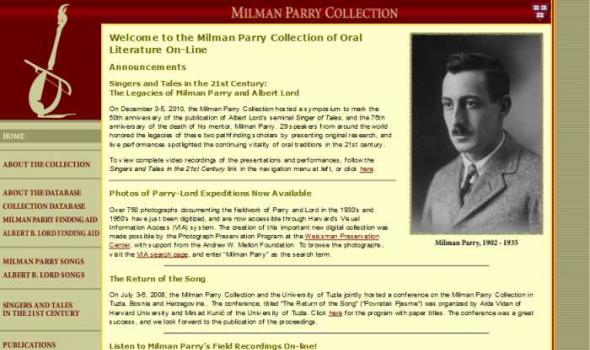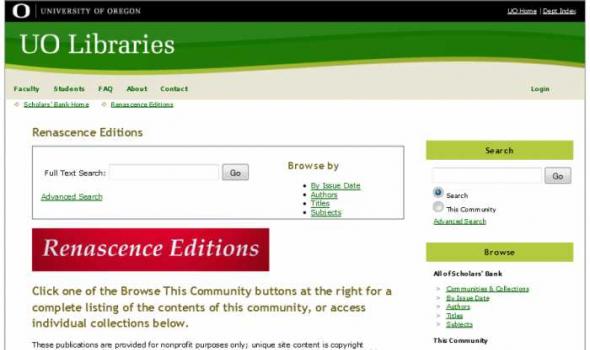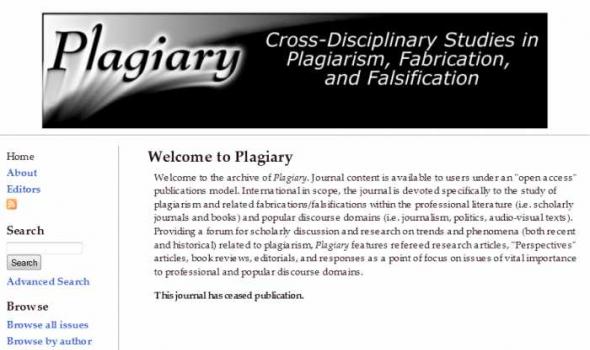Business
Historical Collections Exhibit As new consumer markets developed following the Civil War, the advertising trade card met the need for an effective national advertising medium and heralded the arrival of an extraordinary variety of manufactured goods newly available to the American public. An exhibition organized by the Historical Collections Department of Baker Library. Search Catalog records for 1,000 of Baker Library's advertising trade cards, with accompanying digital images, are now available through the Visual Information Access (VIA) system, an online catalog of visual resources at Harvard. Baker Library holds more than 8,000 trade cards representing the full range of products and businesses advertised through this medium from the 1870s through the 1890s.
Related Reading: A complex network of intersecting financial, legal, political, and cultural factors all contributed to the development of the South Sea Bubble, the eventual collapse of the South Sea Company in 1720, and the financial ruin left in its wake. The years leading up to the South Sea Bubble were a time of financial promise and enthusiasm for Britain. Following the War of Spanish Succession (1701-1714), there was the increased potential of foreign trade and the turn toward a more global marketplace. Wealth and luxury were no longer reserved to the aristocracy. Consumerism was on the rise, and class and gender boundaries were increasingly blurred when it came to investing in the stock market.
Walter B. Wriston (August 3, 1919 - January 19, 2005) was a banker and former chairman of Citicorp. An expert on commercial banking, Mr. Wriston wrote and spoke widely on topics relating to finance, banking, technology, and international business. Mr. Wriston's career at Citibank/Citicorp spanned nearly forty years. He joined the company in 1946 as a Junior Inspector in the Comptroller's Division. He was assigned to the bank's Overseas Division in 1956, heading the European District for three years, and was named a Senior Vice President in 1958. Mr. Wriston became President and Chief Executive Officer of the bank in 1967 and of the corporation when it was formed in 1968.
About The school's highly talented and motivated students learn from 60 full-time faculty members - all experts in their chosen disciplines, and all dedicated to teaching, research and service. Learning takes place in state-of-the-art classrooms, in the on-campus Statler hotel, and in varied industry settings around the world. The result: a supremely accomplished alumni group-corporate executives and entrepreneurs who advance the industry and share their wisdom and experience with our students and faculty.
National Archives and Records Administraton The Way We Worked Imagine working in a coal mine. Or in a steel mill. Or at a telephone switchboard. Work and workplaces have gone through enormous transformations between the mid 19th and late 20th centuries. You can view these changes through photographs held by the National Archives and Records Administration. These historical photographs document: The distinctiveness of America's workforce was shaped by many factors—immigration and ethnicity, slavery and racial segregation, wage labor and technology, gender roles, class, as well as ideals of freedom and equality. Most importantly, these images honor those who built this country—the working men and women of America.
























